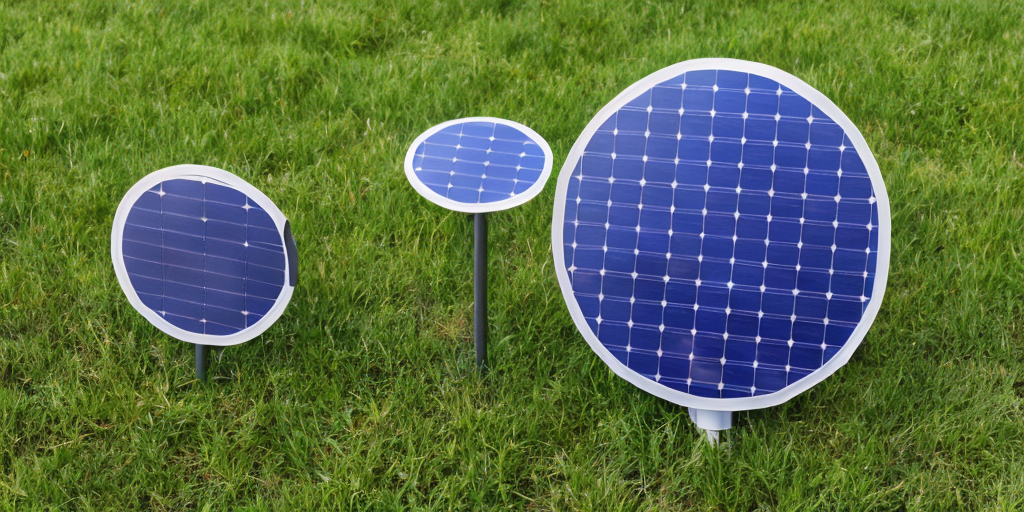Sorry if this is a wrong community to ask these question since my system is only partially DIY, but does anyone have experience with EPS systems like EcoFlow Delta?
I’m trying to figure out exactly how it works when all 3 sources of power are available: battery, AC and solar. Is it able to use them in combination if solar doesn’t provide 100% of demand?
And if anyone is using UPS units, how are you dealing with lack of ground? I’m thinking of daisy chaining UPS to EPS to avoid sensitive equipment from shutting down during failover, but I’m concerned that UPS will not like operating without ground.


I expected this kind of answer because my solution isn’t really DIY, but to clarify: I’m using an AIO unit (Ecoflow delta 2) It is a solar controller, inverter and battery in one box.
This unit has EPS mode that allows me to use it sort of like a UPS with a few caveats:
So my first question was specific to the unit I’m using. I’m trying to understand how exactly it manages 3 sources of power in EPS mode especially when solar alone cannot provide 100% of output requirements.
My second question was about solving caveat #2 above. I can plug a regular UPS to the AC outlet of EPS, but AC output on the EPS has no ground. I already solved that issue by grounding UPS separately.
So, I can’t help you here. I know nothing about this product but I will advise you to not trust it with providing you continuous power. I don’t think consumer units like this even the one LTT reviewed are meant to be run 100% of the time. No matter what their marketing claims. They are very compact, energy dense, and even with fans blowing air likely get too warm for their own good.
I understand the want to have a self reliance on power but this ain’t it chief.
There are sketching ground bonding adapters online that I wouldn’t trust.
The below is a total assumption of how this is constructed electrically. No guarantees. I would bet it has input from wall power, powering a dc power supply for the batteries. The batteries are also charged by a solar charge controller. This DC battery bank is then connected to a switchable inverter. The output from the inverter is connected to a transfer switch that has two inputs and one output. One input to the internal inverter, the other input to wall power. The output to the outlets it has on its face. When you are in “EPS” mode it probably forces the transfer switch to always connect the front outlets to the inverter if it senses no power on the dc charger side. Then it probably takes a second to switch that connection. I’d bet it’s going slow to make absolutely sure it is never connecting inverter out to your home’s power outlet. That way there is no chance of blowing up the inverter.
This is consumer grade technology. Real UPS does not have this downside. You would be better off salvaging a commercial grade UPS with no battery, getting a battery bank for it, and connecting a solar charge controller to the battery. It would at least be rated to work continuously under load. Some UPS have a green mode. You want this off so it is always inverting and always passing through to your device, it’s own generated power.
But this also sucks because you’re losing like 20% total efficiency on the 120/240v -> dc battery charger in the UPS, and inverter from dc -> 120/240 volt outlets.
I appreciate the reply. That makes sense and I fully agree with the criticism of my setup.
I’m in (probably) unusual situation for this community because I live in a city with extremely reliable power. Had maybe one outage longer than a few minutes in the last 5 years.
I also have whole house solar system without battery backup.
My idea with a small, of the shelf, system was to create a solar/battery system to use for critical components like my security system, network equipment and optionally garage fridge. Separate system, not hooked up to city grid except to recharge the battery if draw is more than its solar panel can provide.
That’s why I can live with consumer grade stuff - worst case scenario and I’ll just reconnect everything to city grid.